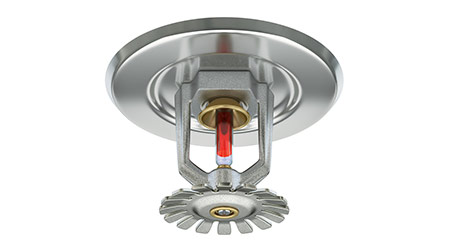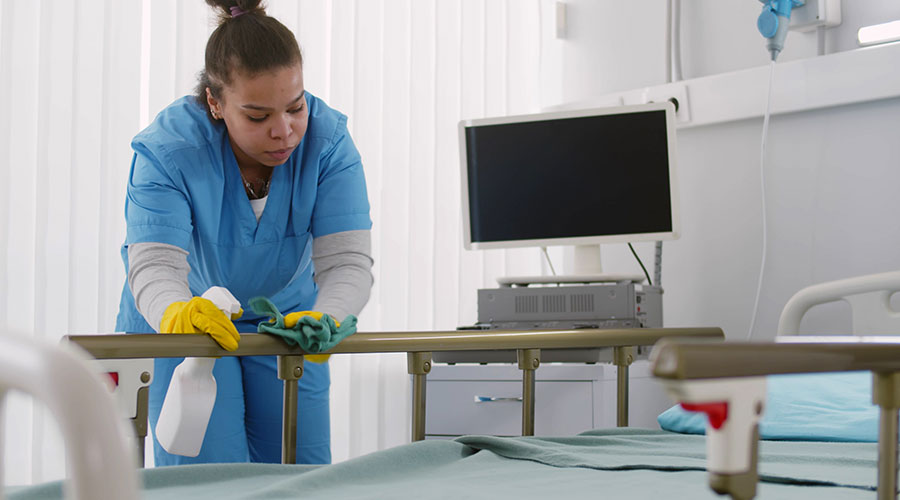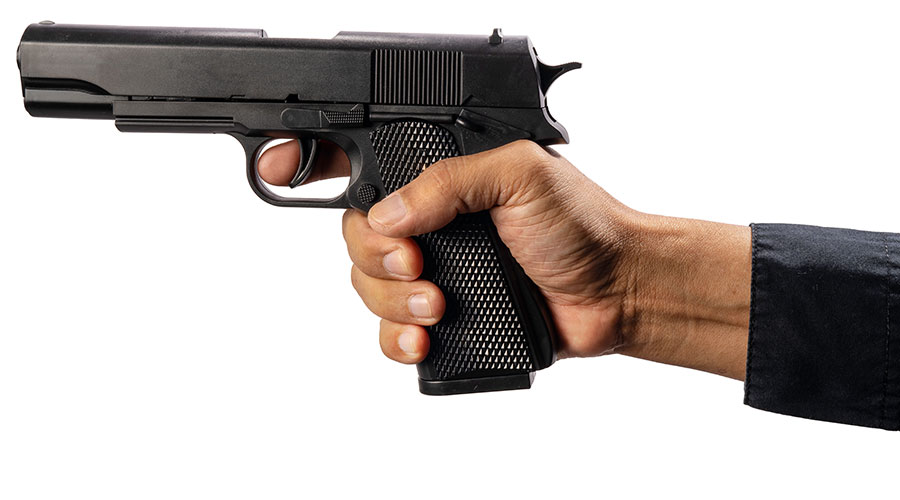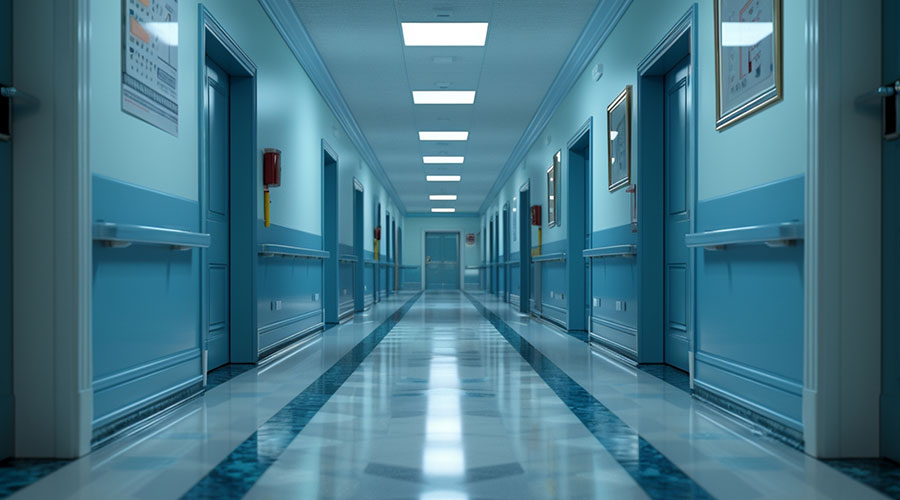Q: Our hospital is not fully sprinklered and is not fully smoke detected, but we want to install an infant security locking system in our Mother/Baby unit. I discussed this with our vendor who wants to sell us the infant security locking system, and he says we qualify for delayed egress locks because being 100% fully sprinklered is not the only criterion for compliance. He says we comply because we demonstrate the existence of an approved, supervised automatic fire detection system by having an automatic fire detection system in our hospital, so that should allow the installation of the infant security locking system. The vendor also said as long as the local AHJ approves the installation, that’s all we need, because the local AHJ has the final word. What do you say?
A: NFPA 101 Life Safety Code, 2012, section 7.2.1.6.1 is rather clear: In order to have delayed egress locks, you need one of the following:
• The building needs to be fully protected throughout by an automatic sprinkler system, or;
• The building needs to be fully protected throughout by an automatic fire detection system.
Being fully protected throughout with automatic sprinklers is obvious – you need full sprinkler coverage everywhere in the building. But it appears the term ‘being fully protected throughout by an automatic fire detection system’ is not so obvious. If you are not fully protected with sprinklers, then section 7.2.1.6.1 requires a smoke detector in all occupiable areas. This is explained in section 9.6.2.9 of the 2012 LSC. This means a smoke detector must be inside every room, every sleeping room, every procedure room, every corridor, every office, every conference room, every utility room, every lounge, every classroom, every work-room, every mechanical room, etc. In my 40-years of doing this work, I’ve yet to see a hospital qualify for this in regards to installing smoke detectors in all occupiable areas. If you believe your hospital meets the requirements for being fully protected with smoke detectors, then I would like to schedule a visit and take a look, because I’ve never seen that before.
Please understand the way your vendor described it “demonstrate the existence of an approved, supervised automatic fire detection system”, does not meet the description of being fully protected throughout by an automatic fire detection system. All hospitals have an approved, supervised automatic fire detection system, because the LSC requires that. But no hospital (so far that I have seen) has a smoke detector in all occupiable areas. It’s not required and it is too costly to install. Sprinklers are far cheaper.
Your vendor is correct, though: Sprinklers are not the sole criterion for the installation of delayed egress locks. But, it is one of only two criteria, and so far, no hospital is choosing to go with the other choice (smoke detectors). Even if you could afford to install smoke detectors in every occupiable areas, the hospital would likely not be able to afford the maintenance (testing & inspection) and all of the false alarms that go with it.
By the way… the phrase “the local AHJ has the final word” is not accurate. I appreciate the respect that the vendor is trying to say, but all AHJs have the final word, not just the local AHJ. The typical hospital has many (between 5 and 8) AHJs that they have to comply with regarding the Life Safety Code:
• CMS (Federal)
• Accreditation organization
• State licensing agency
• State agency in charge of hospital construction
• State fire marshal
• Local fire authority
• Local building code authority
• Insurance company
All AHJs are equal. No one AHJ can override the decision of another AHJ. Any AHJ can decide to interpret the LSC in the way they deem necessary and if it disagrees with another AHJ, then so be it. The hospital must comply with the most restrictive interpretation. So, saying the local AHJ has the final word is not accurate; all AHJs have the final word. For example: If the local AHJ said it is okay to install delayed egress locks for infant security (because nobody wants to see infants stolen), even though the building is not fully sprinklered and not fully smoke detected, that’s not okay with other AHJS like CMS, your accreditation agency and your state agency on hospital construction. So, the hospital cannot do that, because they have to follow the most restrictive interpretation.
I see other hospitals that are not fully sprinklered or fully smoke detected use infant security systems but they do not install the door locking hardware. So, it operates like a warning system. If the hospital does not want to invest in being fully protected with sprinklers (or smoke detectors), then that is their only option. It is an incentive to become fully protected with sprinklers.
Brad Keyes, CHSP, is the owner of KEYES Life Safety Compliance, and his expertise is in the management of the Life Safety Program, including the Environment of Care and Emergency Management programs.

 Probiotic Cleaners: The Start of a Cleaning Revolution?
Probiotic Cleaners: The Start of a Cleaning Revolution? Gun Incident Highlights Need for Security Infrastructure
Gun Incident Highlights Need for Security Infrastructure Creative Solutions in Healthcare Acquires 5 Skilled Nursing Facilities
Creative Solutions in Healthcare Acquires 5 Skilled Nursing Facilities Over 700 Hospitals at Risk of Closure
Over 700 Hospitals at Risk of Closure Astrana Health Fully Acquires Prospect Health
Astrana Health Fully Acquires Prospect Health